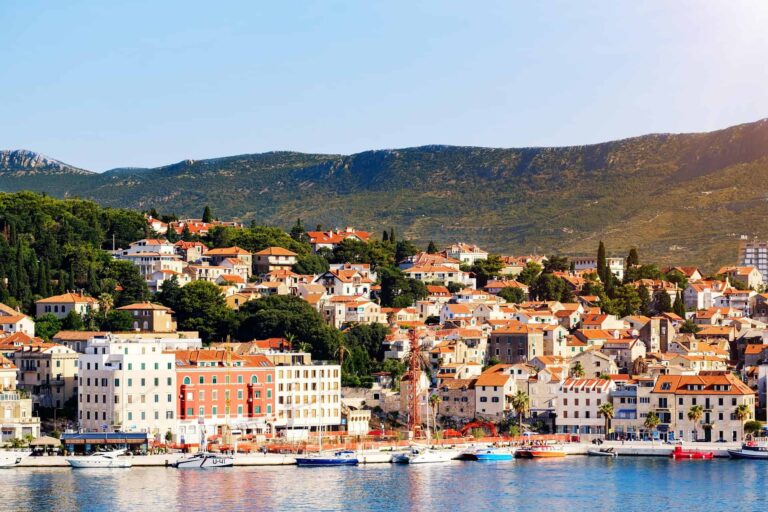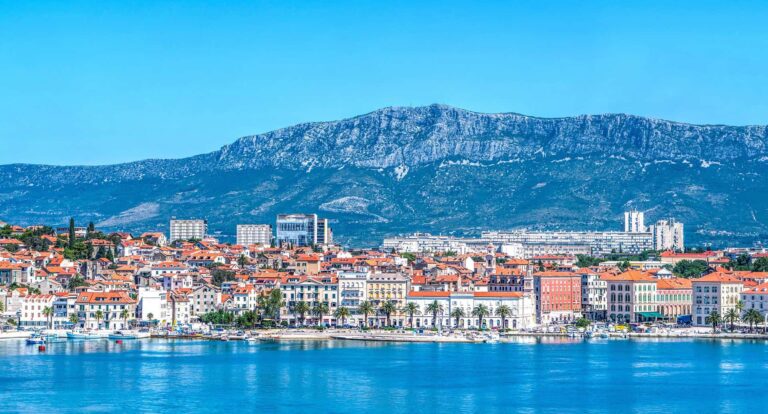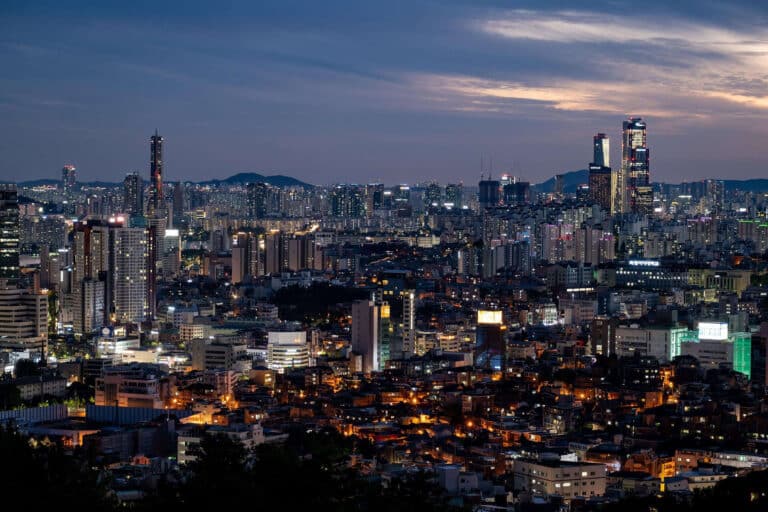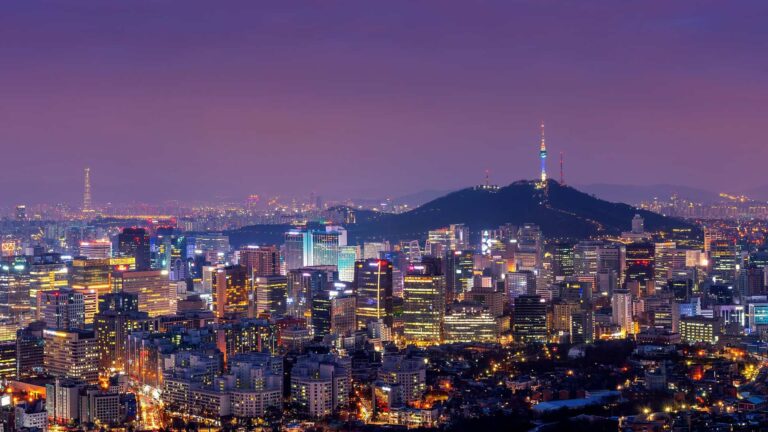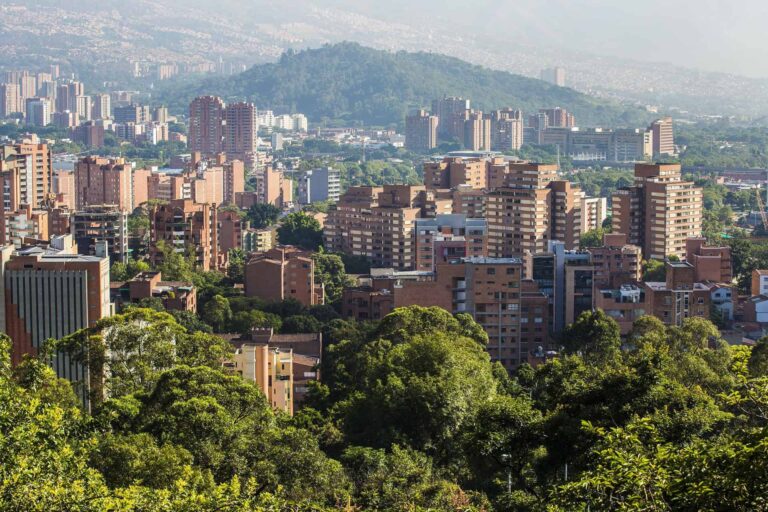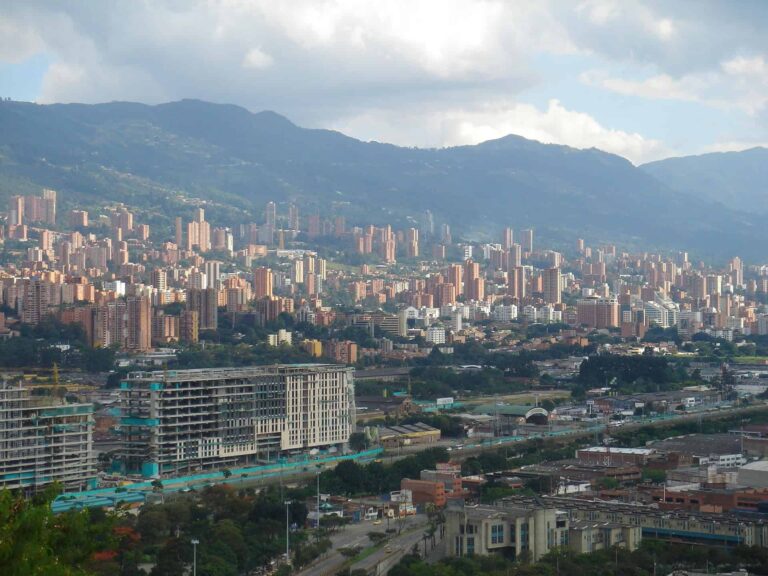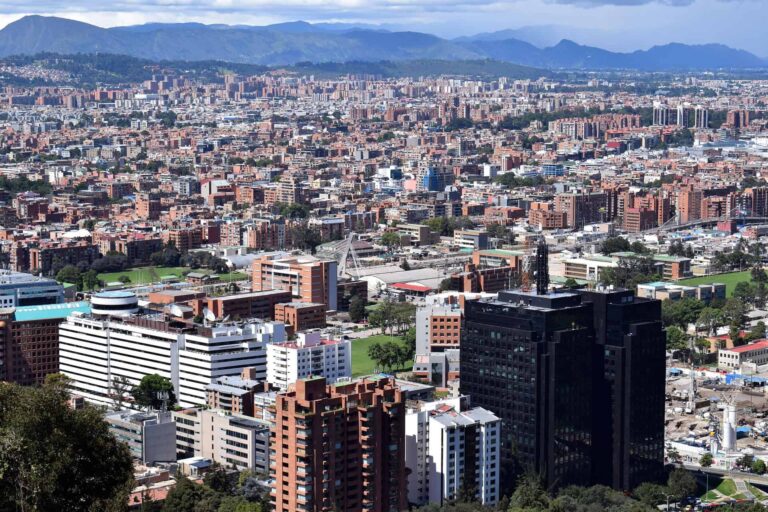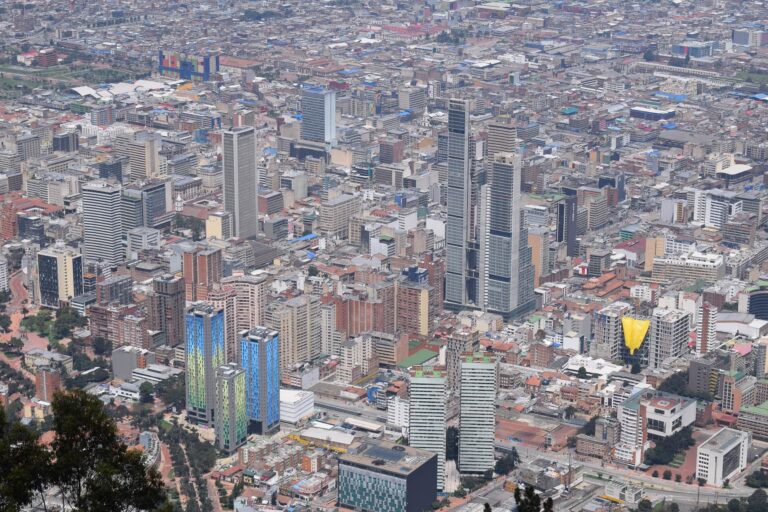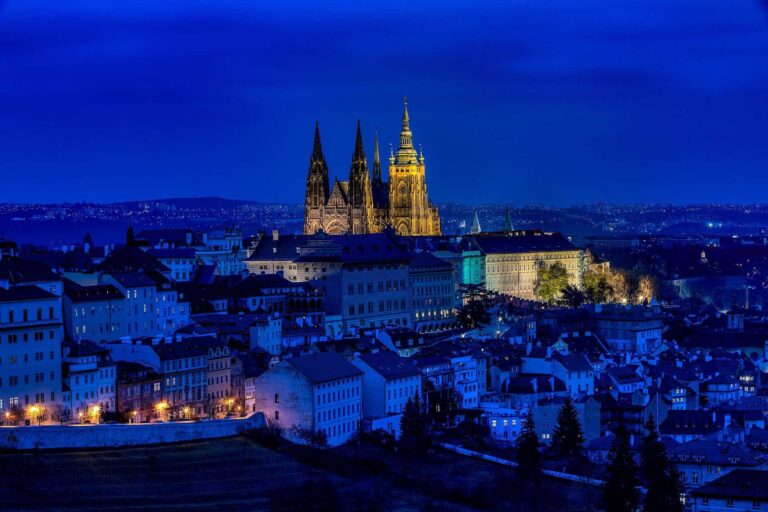Split is Croatia’s dazzling coastal gem — a mix of ancient history, vibrant culture, and sun-soaked Adriatic beauty. Between the UNESCO-listed Diocletian’s Palace, crystal-clear beaches, lively markets, and Mediterranean dining, it’s a city that can keep you busy from sunrise to well past sunset. But like any popular destination, it helps to know a few insider tips before you go.
This guide covers everything — from getting into the city to the best eats, must-see attractions, packing tips, and safety advice — so you can enjoy Split stress-free.
Getting From the Airport to the City Center
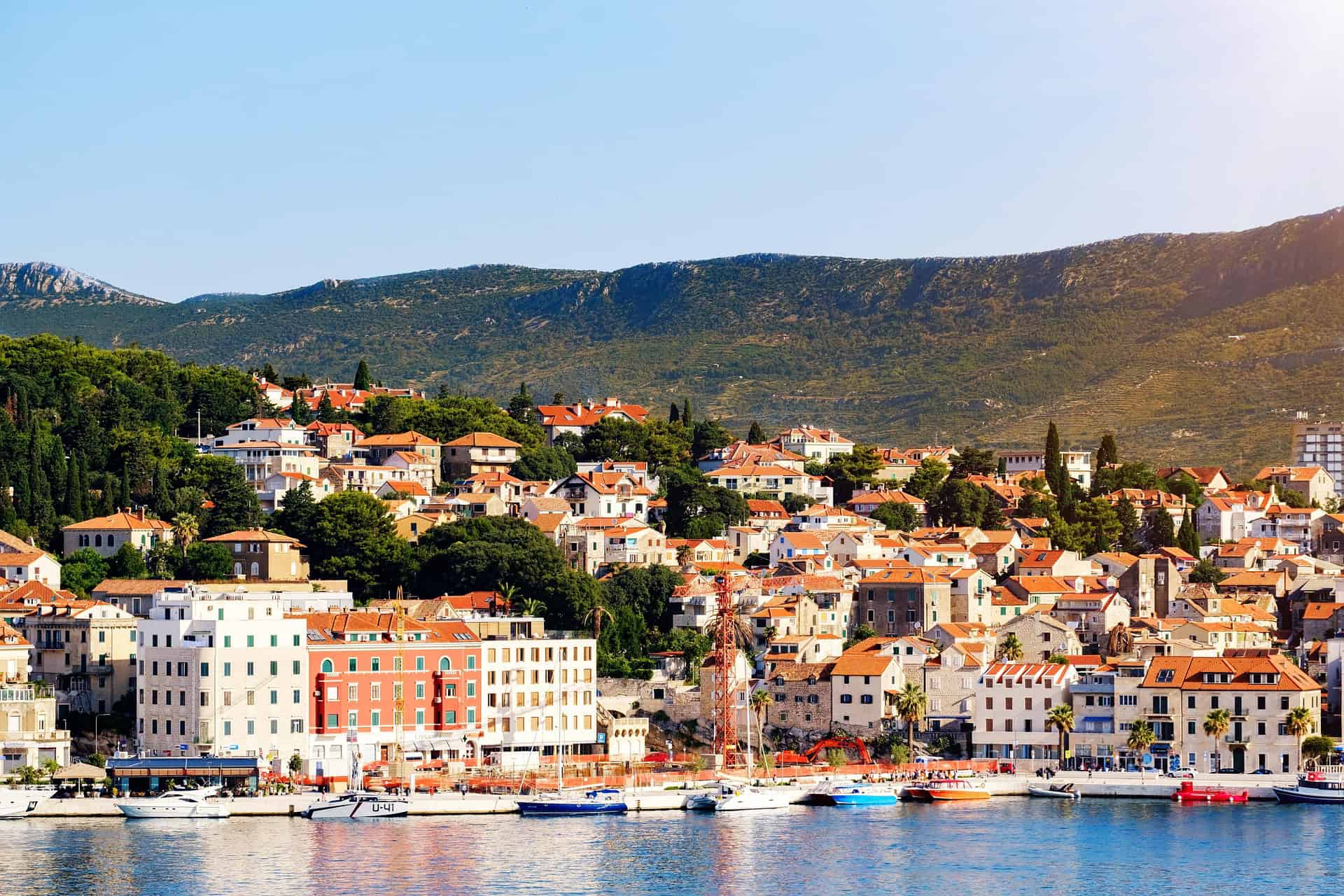
Most travelers arrive via Split Airport (SPU), about 25 km from the city center. The journey usually takes 30–40 minutes, depending on traffic.
Transport options:
- Airport shuttle bus: The Croatia Airlines bus runs regularly to the main bus station near the harbor. Affordable and convenient.
- Public bus (No. 37): Cheapest option, but slower — especially during summer traffic.
- Taxi: Quick and comfortable but pricier. Agree on the fare before starting.
- Ride-sharing: Uber and Bolt are available in Split and often cheaper than taxis.
- Private transfer: Pre-book for door-to-door service, especially if you’re arriving late or with lots of luggage.
Getting Around the City
Split is compact, so you can walk to most attractions. But depending on your plans, other transport options come in handy.
- Walking: Best way to explore the Old Town and waterfront promenade (Riva).
- Bikes: Rent from local shops or via bike-share services for scenic rides along the coast.
- Buses: The local bus network covers Split and nearby areas; tickets are cheap.
- Taxis & ride-sharing: Convenient for late nights or reaching beaches outside the center.
- Ferries: Ideal for day trips to nearby islands like Hvar or Brač.
Must-Try Foods & Where to Eat in Split
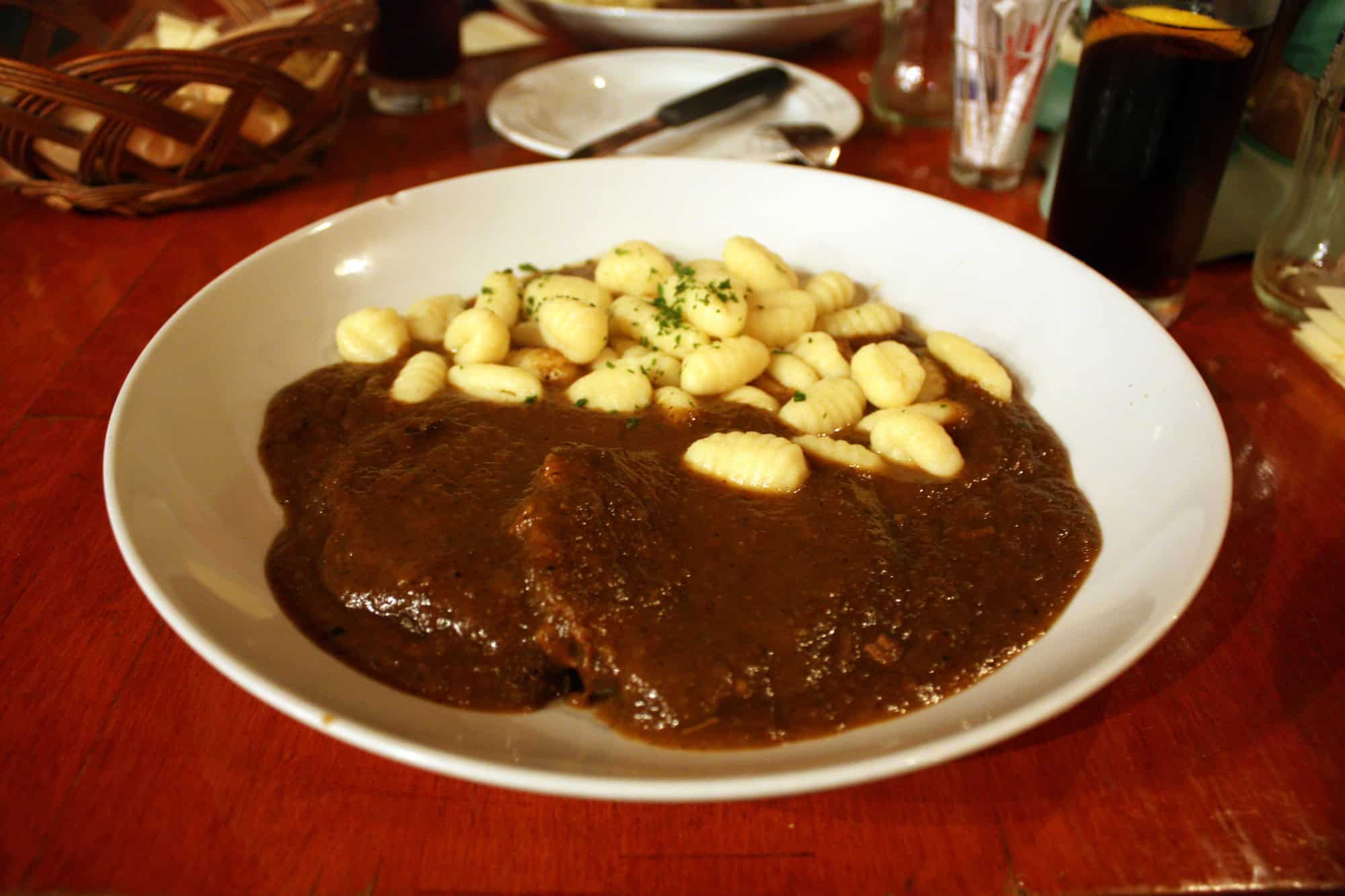
Croatian cuisine blends Mediterranean freshness with hearty Dalmatian flavors.
Signature dishes to try:
- Peka: Meat or seafood slow-cooked under a bell-shaped lid with vegetables.
- Black risotto (Crni rižot): Rich, squid-ink seafood rice dish.
- Pašticada: Slow-cooked beef stew with gnocchi.
- Fresh grilled fish: Usually served with blitva (Swiss chard) and potatoes.
Top spots for foodies:
- Konoba Fetivi: Authentic Dalmatian dishes.
- Bokeria Kitchen & Wine Bar: Modern Croatian cuisine with flair.
- Villa Spiza: Tiny spot with daily-changing local specials.
- Green Market (Pazar): Grab fresh fruit, cheese, and bread for a picnic.
Sightseeing & Attractions
Split is steeped in history and surrounded by natural beauty.
Must-sees:
- Diocletian’s Palace: Ancient Roman palace at the city’s heart.
- Riva promenade: Perfect for coffee, people-watching, and sea views.
- Marjan Hill: Hiking trails and panoramic views.
- Cathedral of St. Domnius: One of the world’s oldest Catholic cathedrals.
Lesser-known gems:
- Veli Varoš: Charming old neighborhood with narrow alleys.
- Meštrović Gallery: Celebrating Croatia’s famous sculptor.
Activities for Families & Kids
Split has plenty to keep little travelers entertained.
- Bacvice Beach: Shallow waters, ideal for kids.
- Aquarium Split: Small but interesting for a quick visit.
- Marjan Park: Trails, playgrounds, and picnic spots.
- Boat trips: Family-friendly tours to nearby islands.
Finding the Best Accommodation
Best areas to stay:
- Old Town: Walk everywhere, surrounded by history.
- Bacvice: Near the beach, family-friendly.
- Veli Varoš: Quiet, charming, and scenic.
Split offers hotels, guesthouses, and apartments — book early for summer stays.
Best Time to Visit Split
- May–June: Warm, sunny, fewer crowds.
- July–August: Peak season — hot, busy, but buzzing with events.
- September–October: Pleasant weather, fewer tourists.
- November–April: Quiet, cooler, with some attractions closed.
Free & Affordable Things to Do
- Wander the Old Town: Endless photo opportunities.
- Marjan Hill: Free hiking trails and viewpoints.
- City beaches: Many are free to access.
- Fish Market (Peškarija): Bustling with local life.
Entertainment & Nightlife
Split comes alive at night.
- Riva promenade: Evening strolls and drinks.
- Beach bars: Especially in Bacvice.
- Live music: Many bars feature local bands.
- Cultural events: Check local listings for concerts, plays, and festivals.
Safety & Common Tourist Scams
Split is generally safe, but:
- Beware of pickpockets in crowded areas.
- Use official taxis or ride-sharing apps.
- Don’t leave valuables unattended at the beach.
- Tap water is safe to drink, but bottled water is widely available.
Packing Tips & Travel Essentials
Bring:
- Light clothing & swimwear
- Comfortable walking shoes
- Reef-safe sunscreen
- Sunglasses & hat
- Power adapter (Type C & F plugs)
- Reusable water bottle
About The Air Doctor App
With the Air Doctor app in your pocket, you can access medical care and receive expert medical guidance anywhere you travel.
Air Doctor offers a wide range of benefits, including:
- A global network of over 20,000 multi-lingual doctors and specialists
- Choice of clinic, at-home (hotel), and video consultations
- Healthcare access in 90 countries
- 24/7 multi-lingual support
- Transparent pricing and reviews
- Most common medical specialties, including cardiologists, gynecologists, and dermatologists
Recap
Split offers the perfect mix of history, beaches, culture, and great food. Plan ahead, explore beyond the main sights, and you’ll leave with incredible memories — and maybe a sun-kissed glow.
FAQs
May–June and September–October are ideal, with warm weather and fewer crowds. July and August are peak season — lively but hot and busy.
Yes, Split is generally safe. Just watch out for pickpockets in crowded areas, especially during summer.
Yes — tap water is clean and safe to drink.


